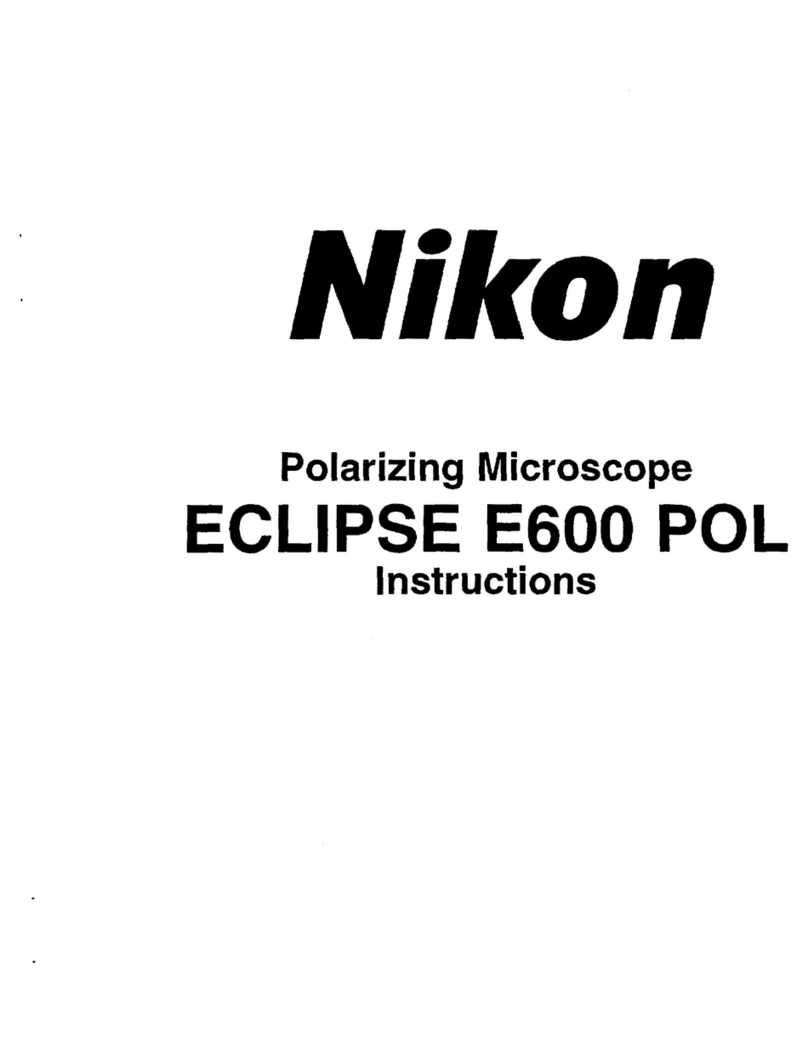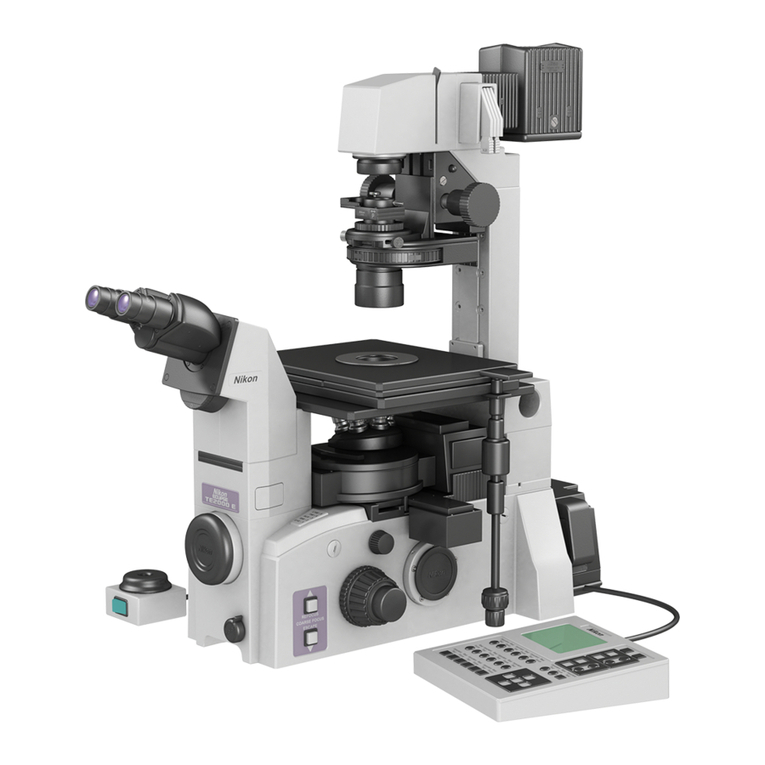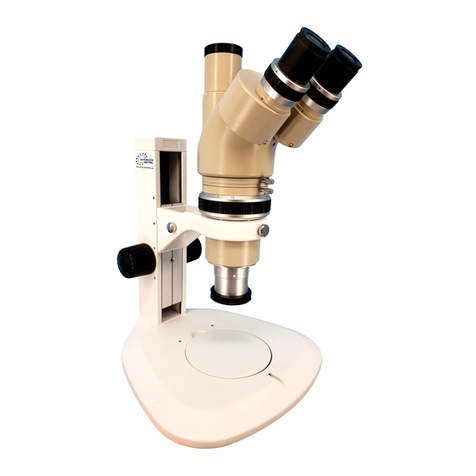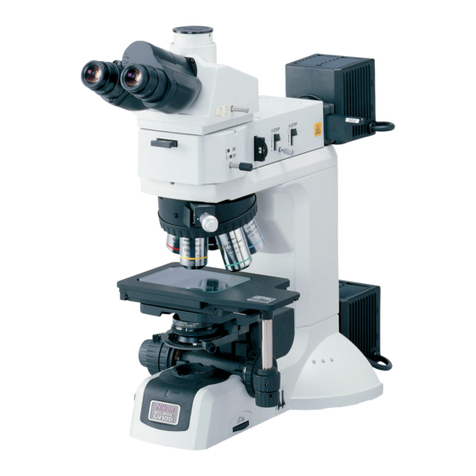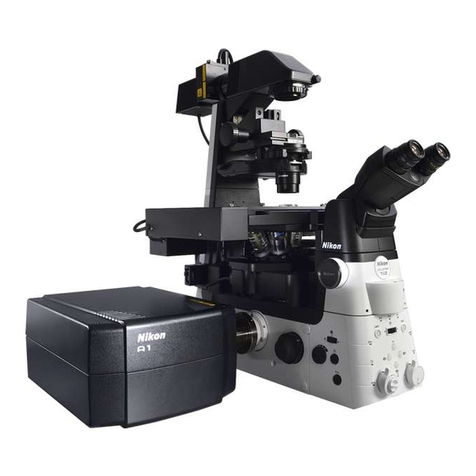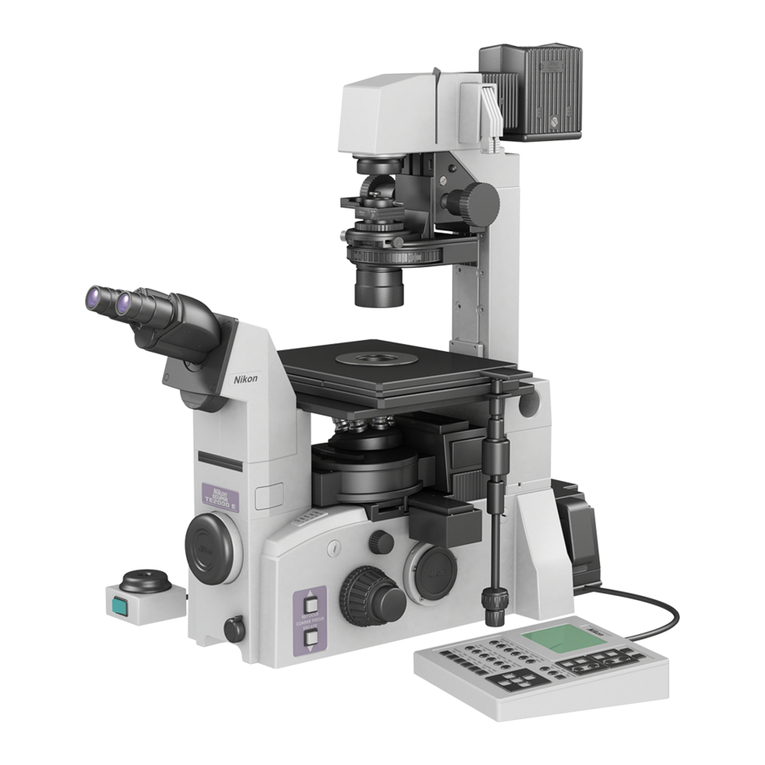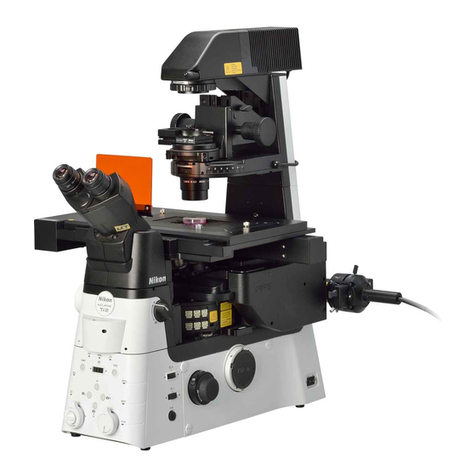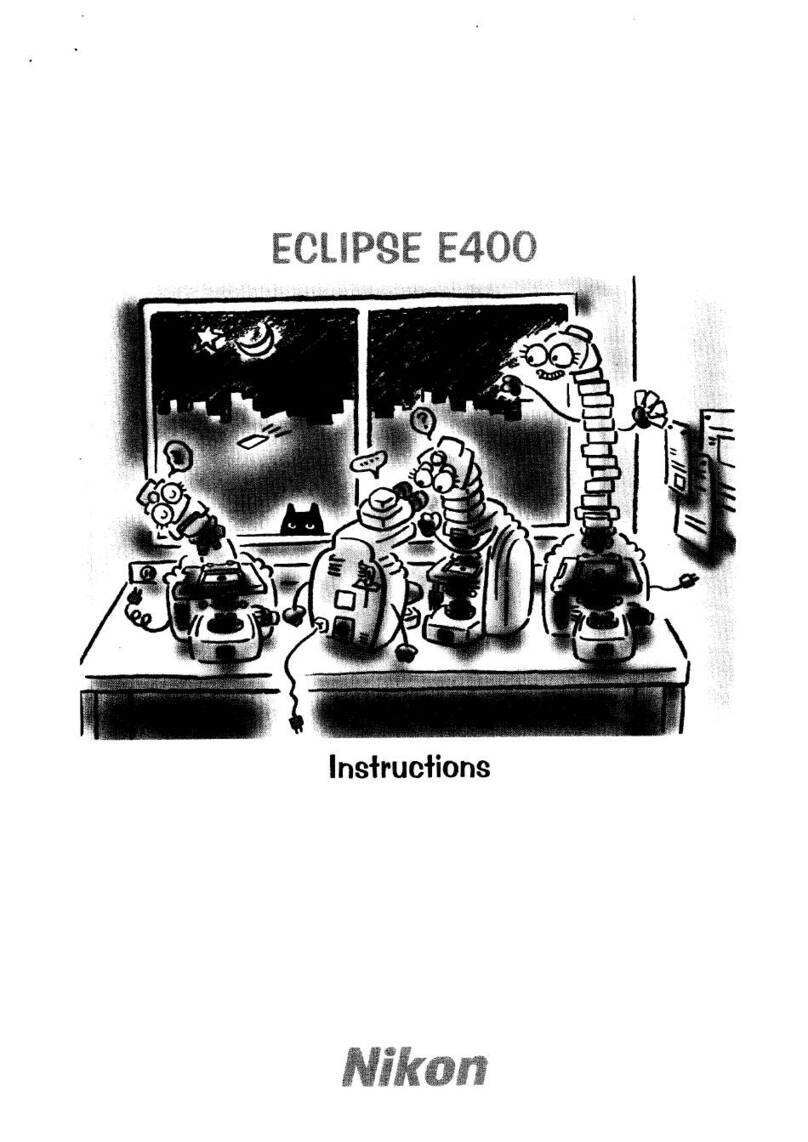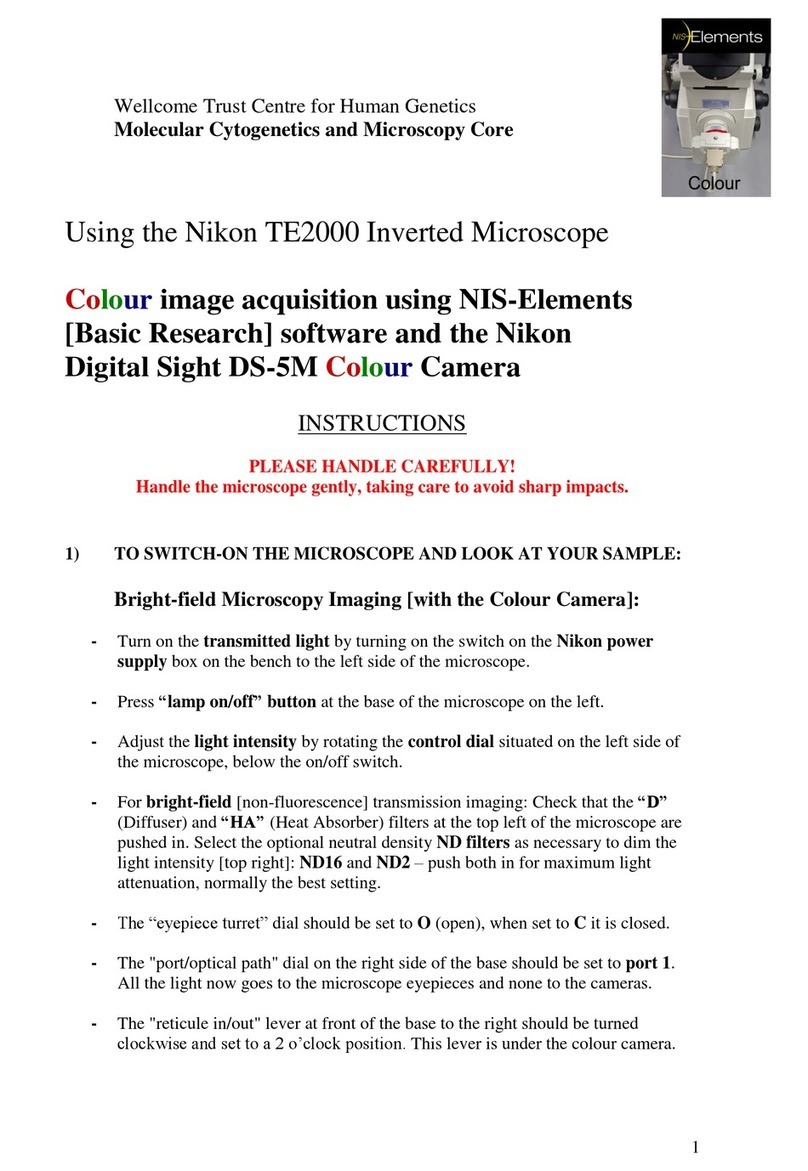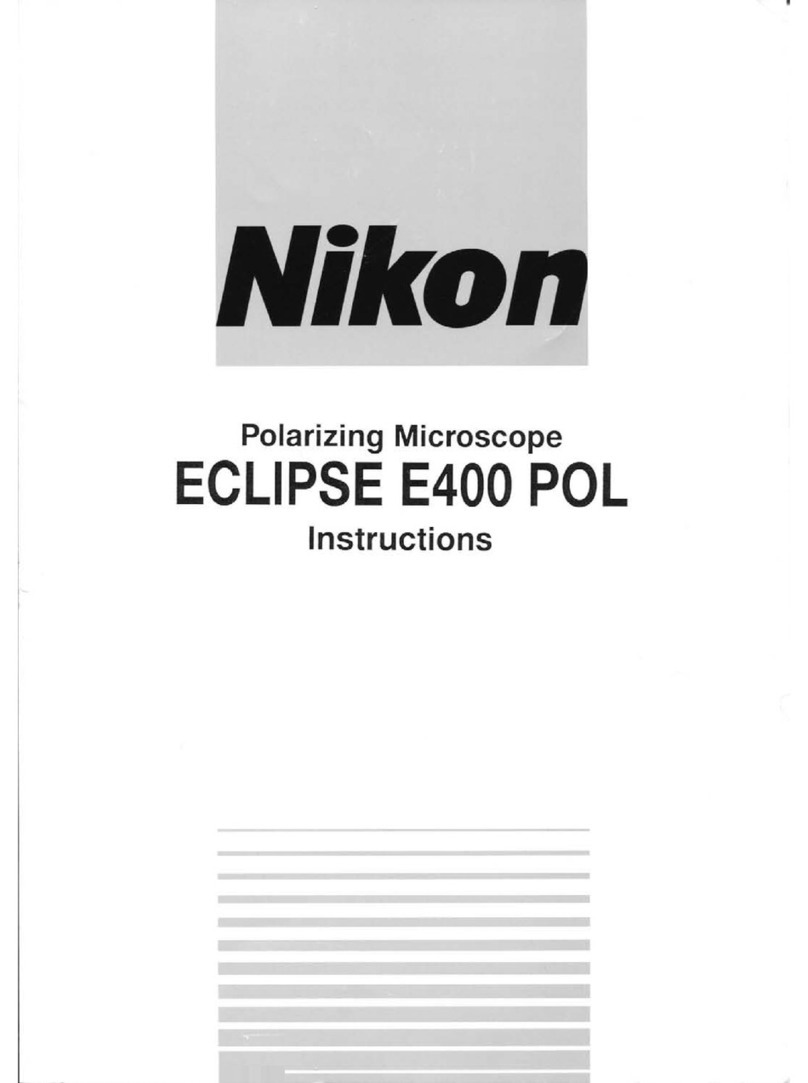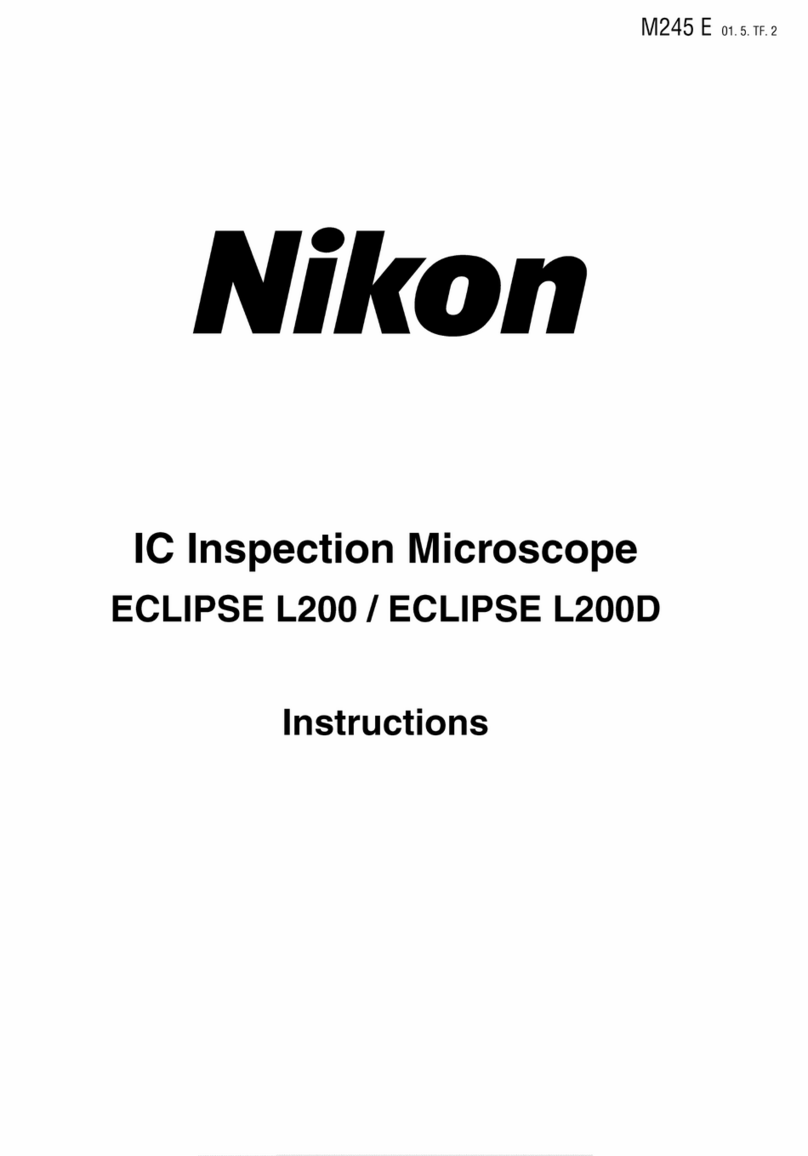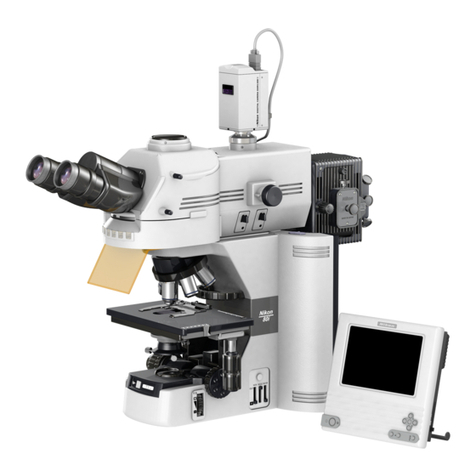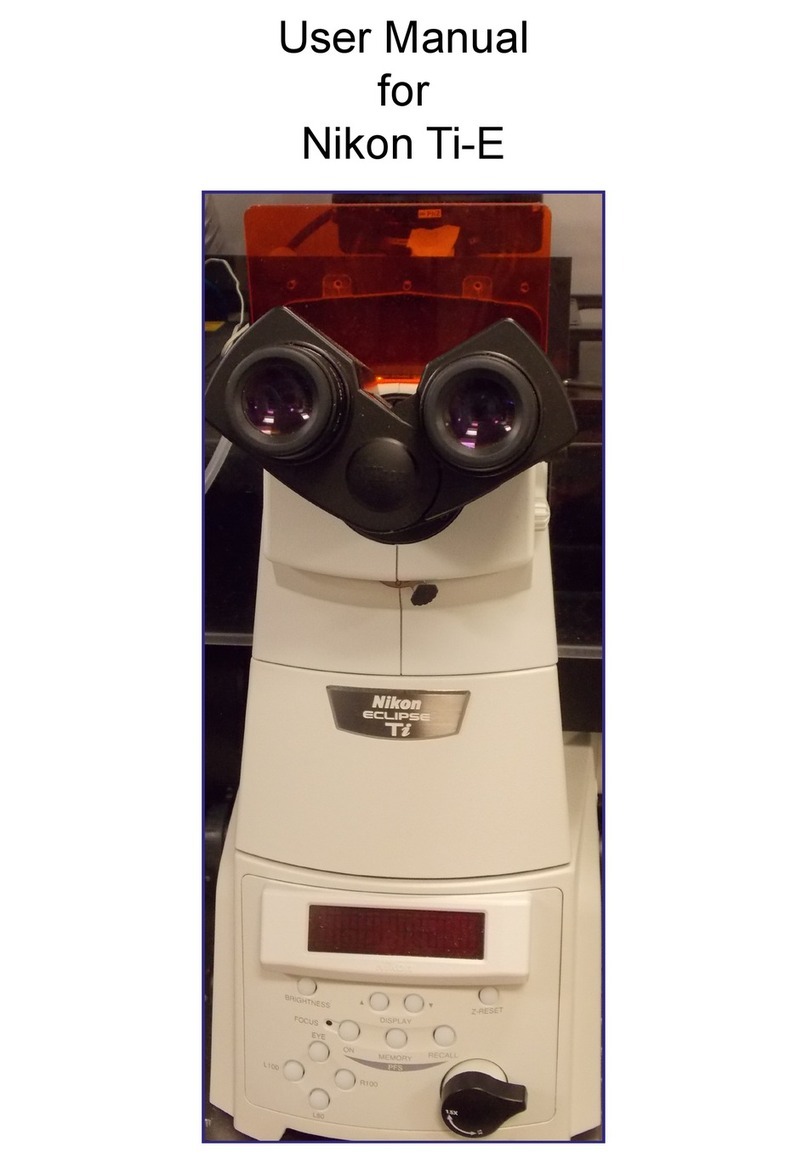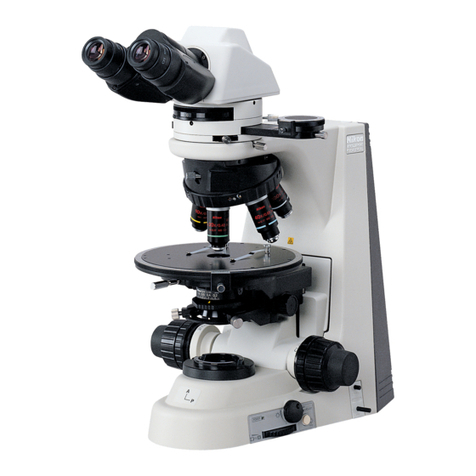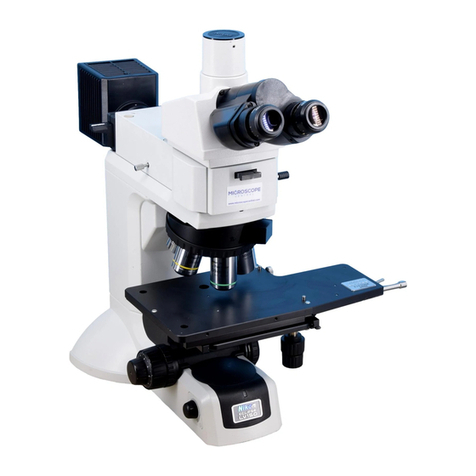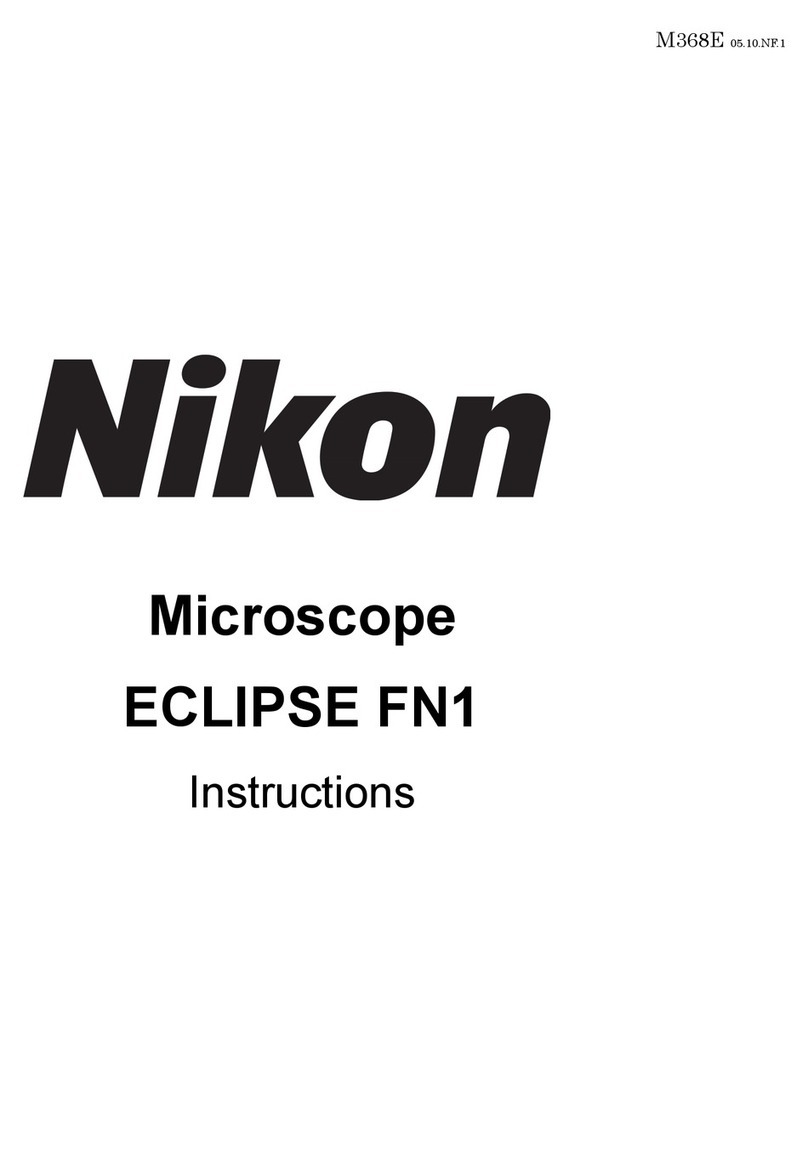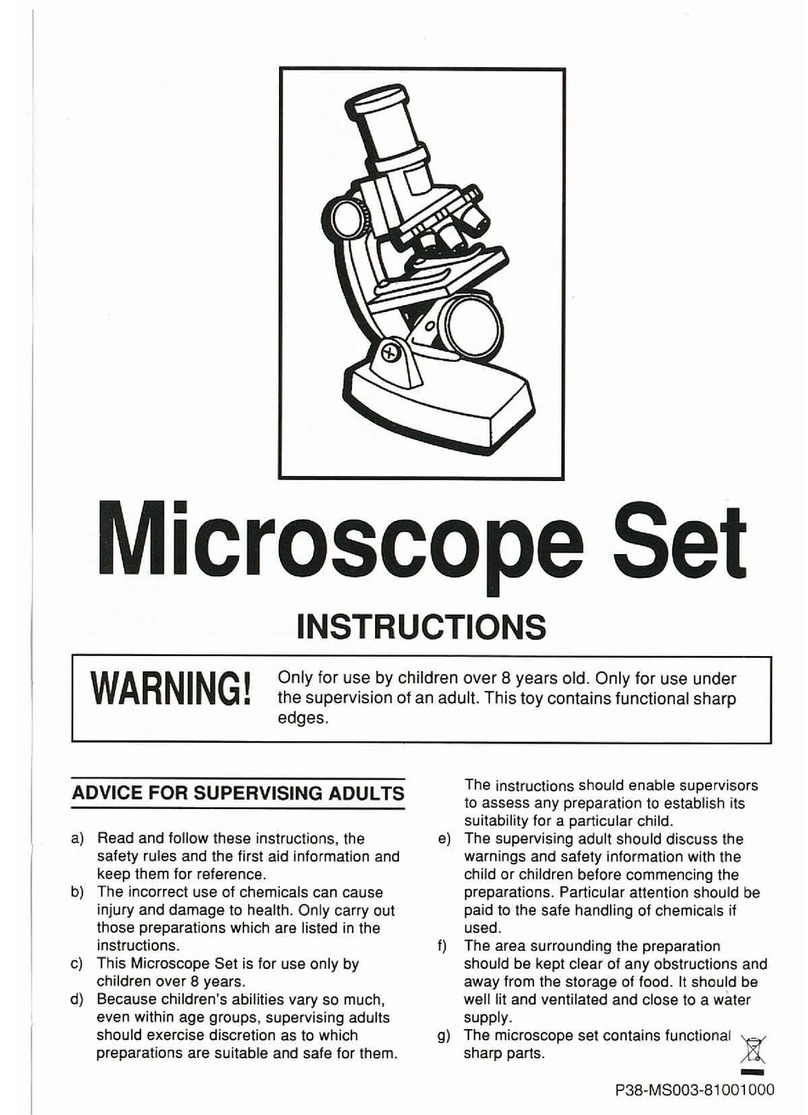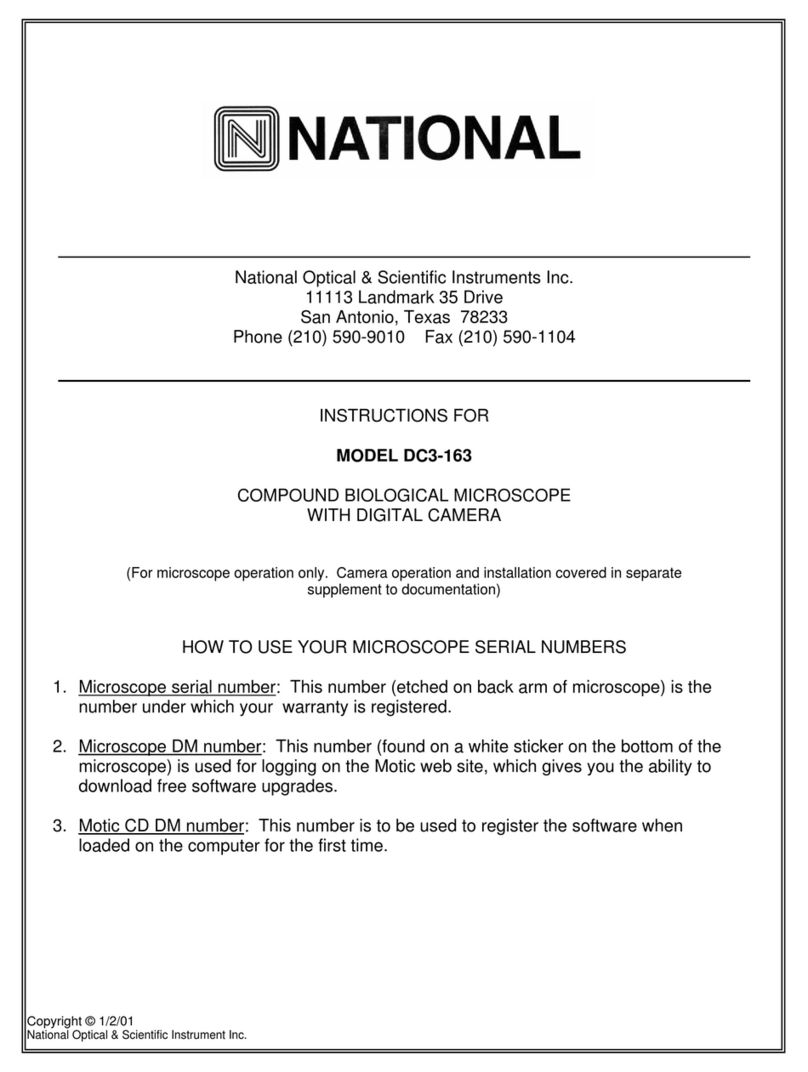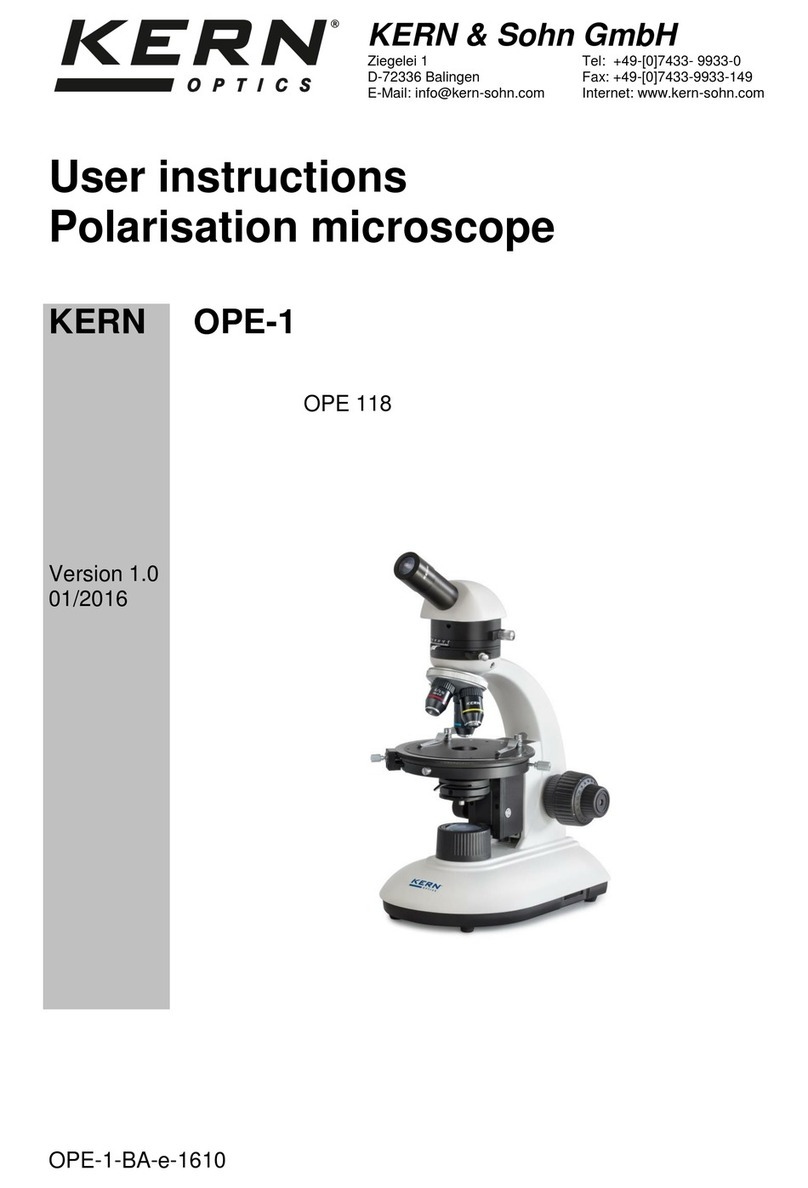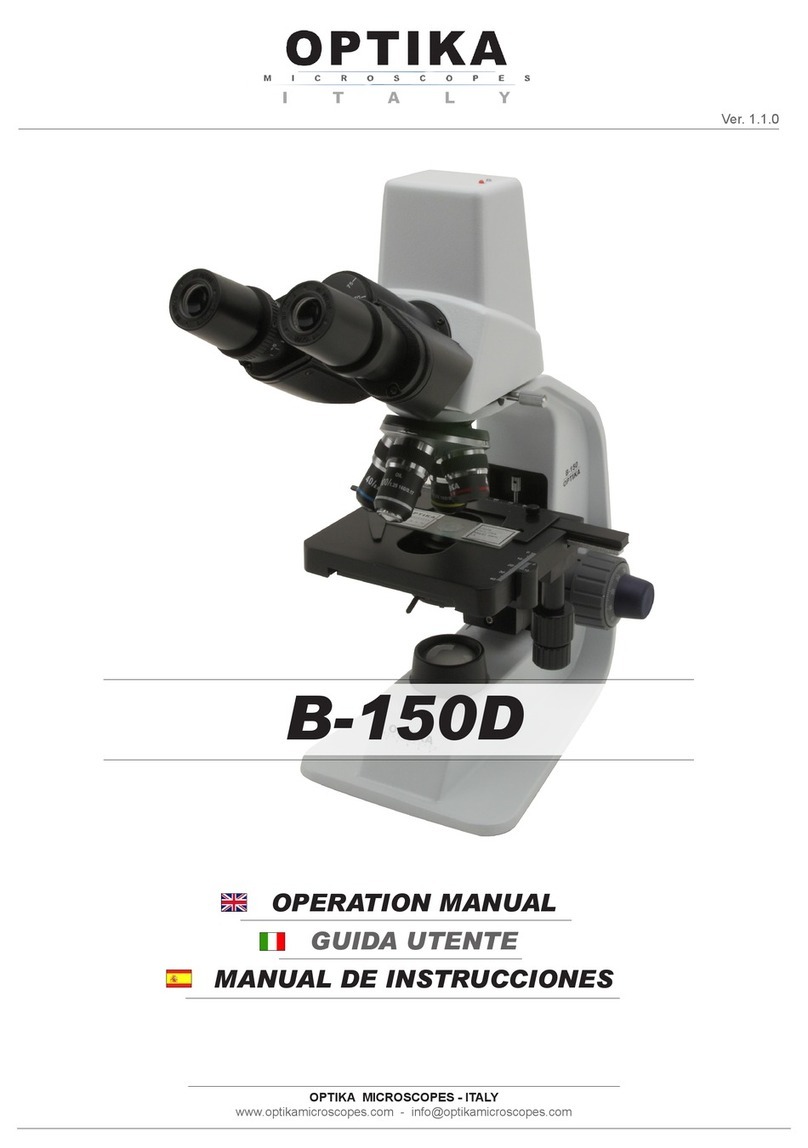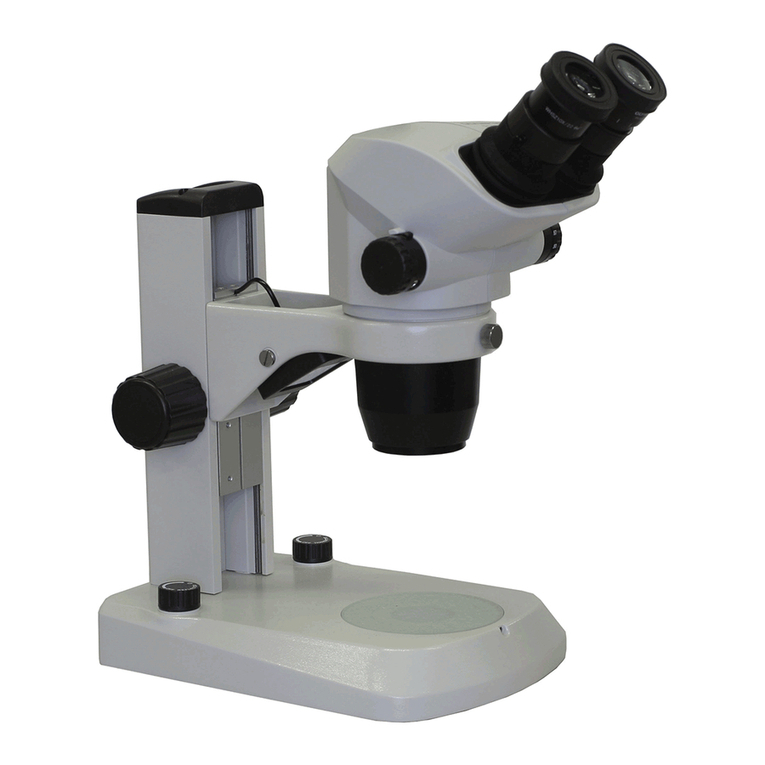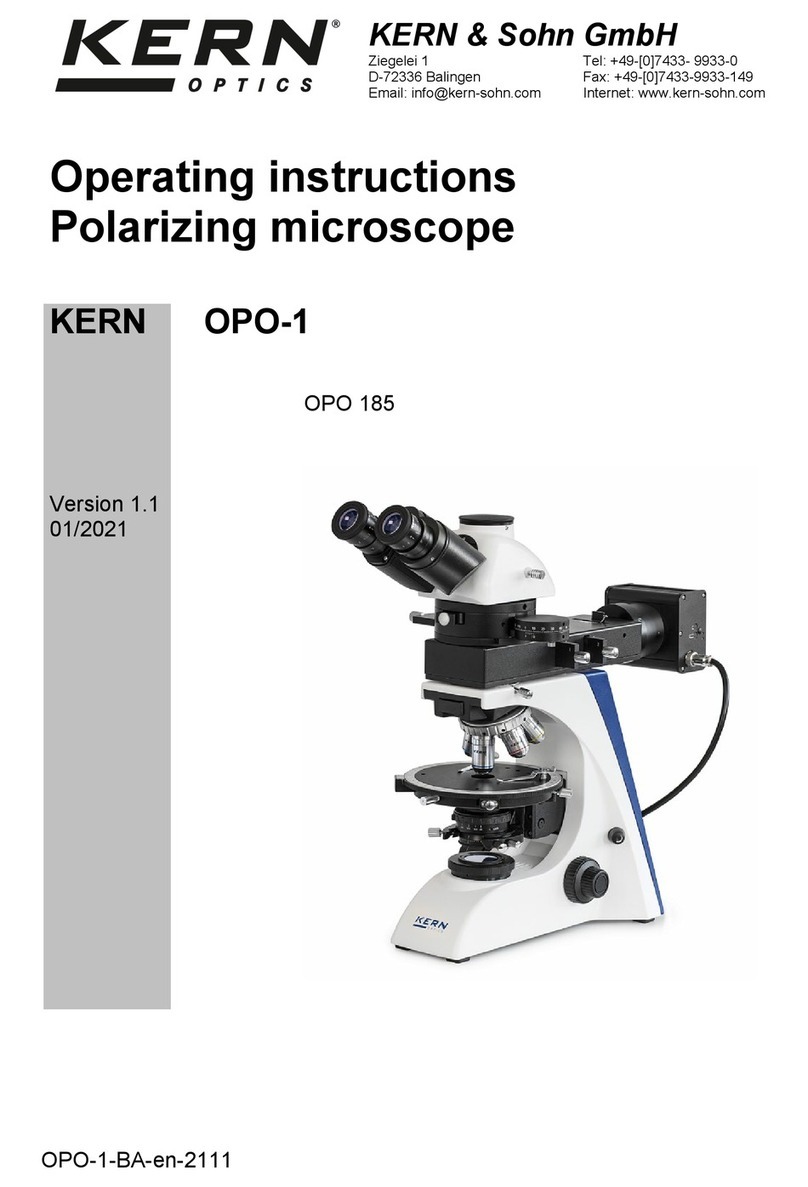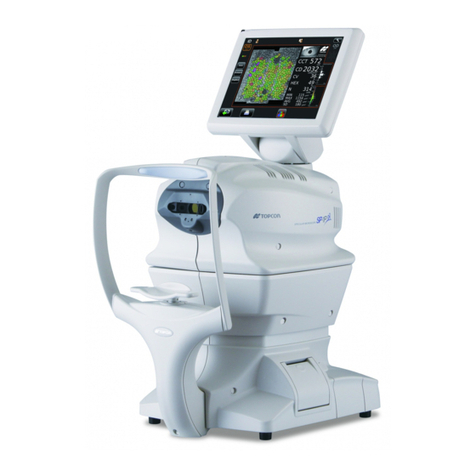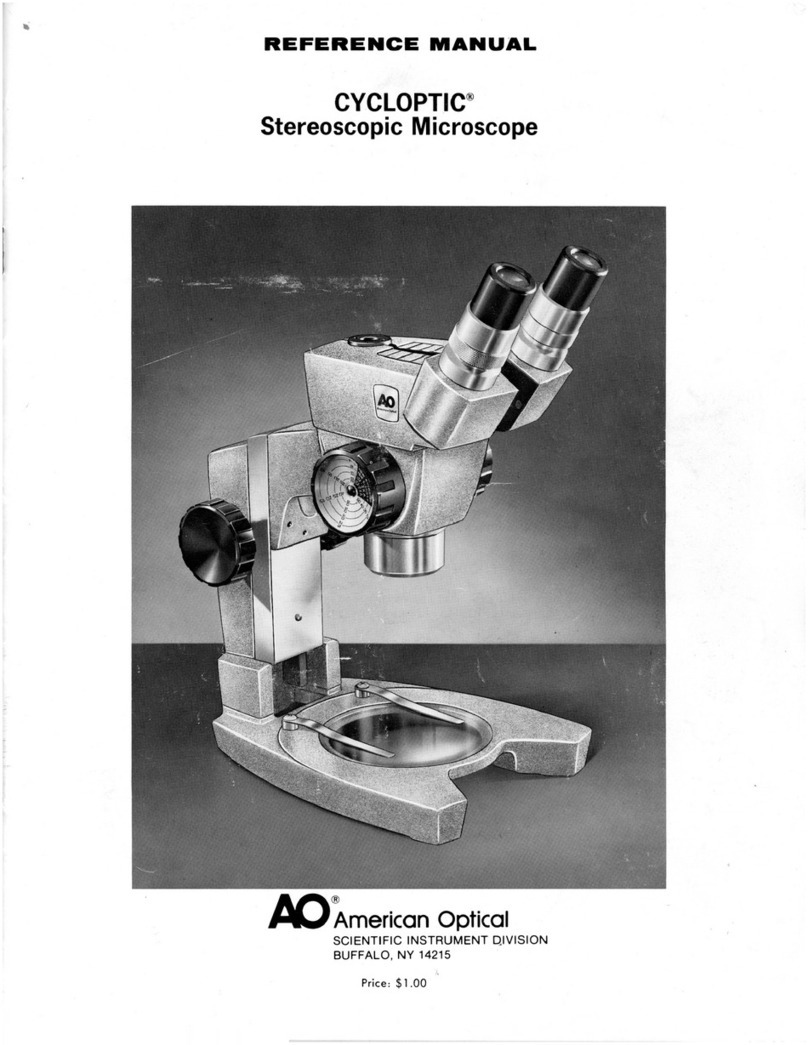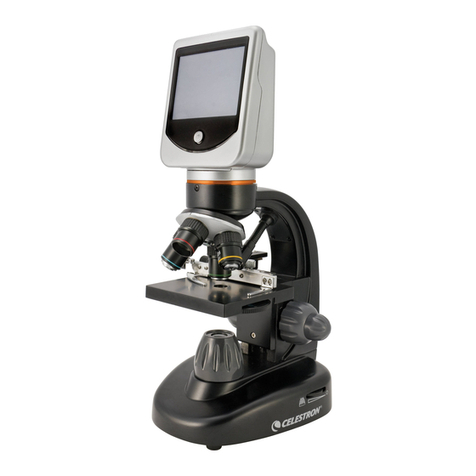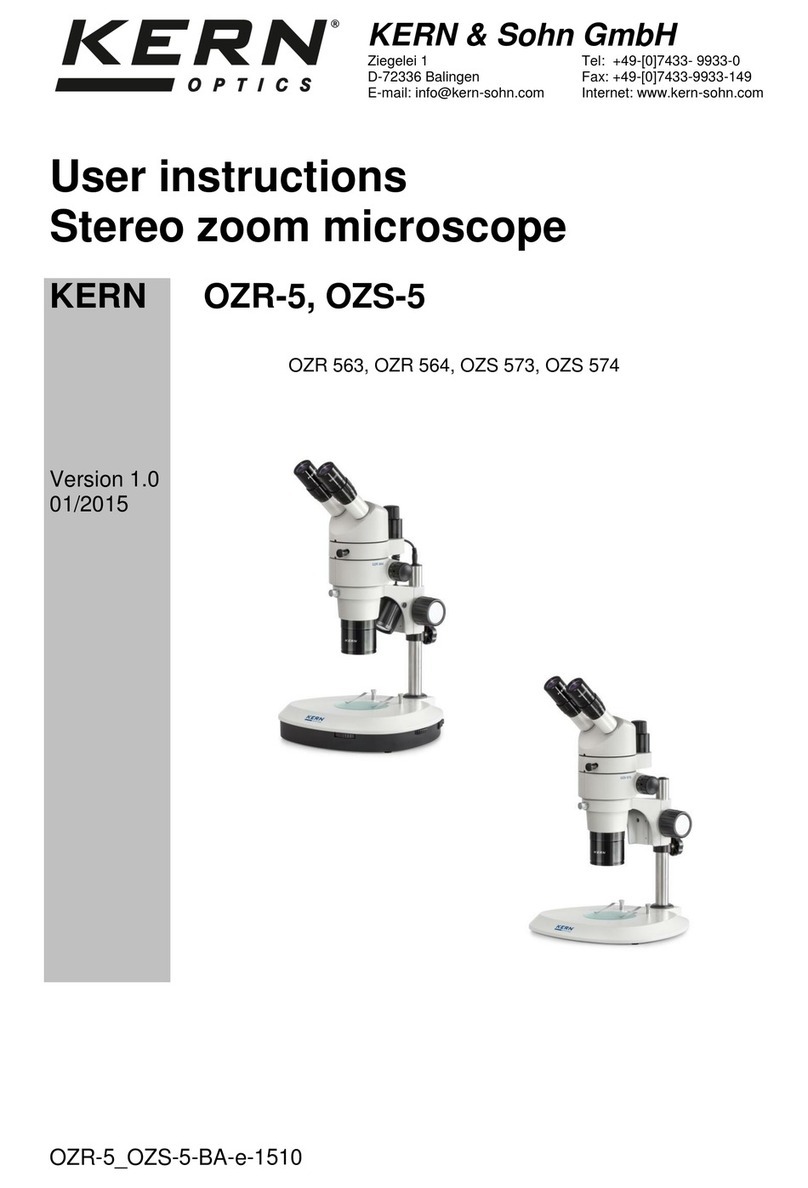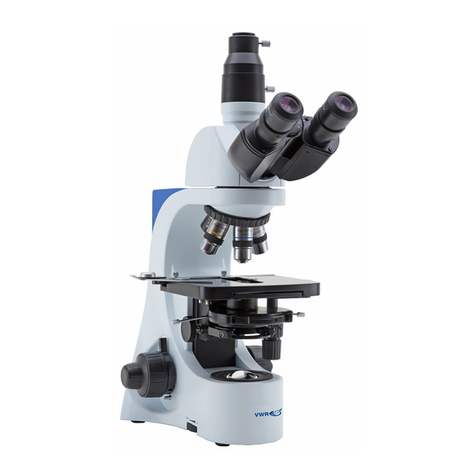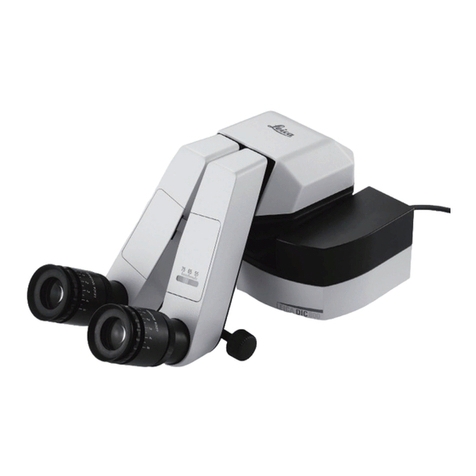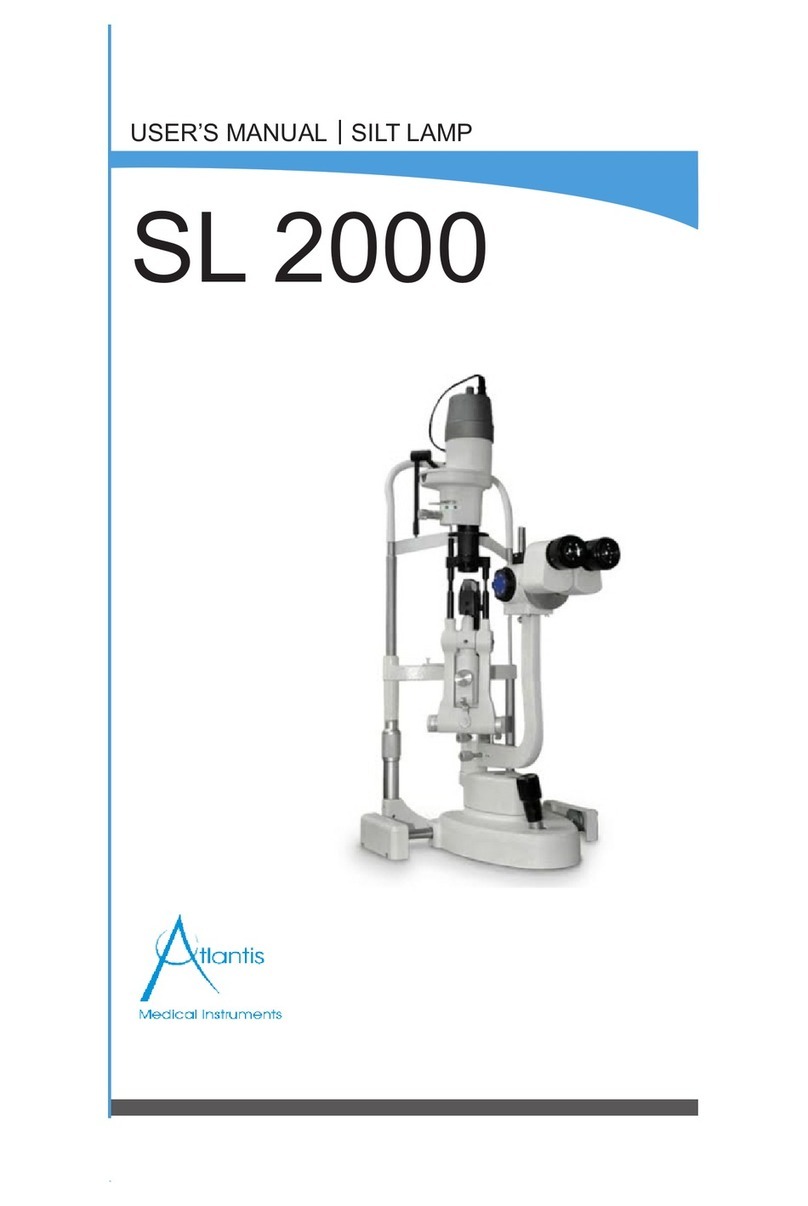
4
Contents
Introduction ............................................................................................................................................1
Safety Precautions .................................................................................................................................2
Warning/Caution Symbols Used in This Manual........................................................................... 2
Notes on Handling the System...................................................................................................... 3
Chapter 1 Part Names ..........................................................................................................................5
Chapter 2 Microscopy ..........................................................................................................................6
Chater 3 Operation Procedures ........................................................................................................8
Operation of the Eyepiece Tube Part............................................................................................ 8
Change of the Optical Path................................................................................................. 8
Angle Adjustment of the Binocular Part Angle .................................................................... 8
Adjustment of the Interpupillary Distance ........................................................................... 9
Adjustment of the Diopters ................................................................................................. 9
Operation of the Stage ................................................................................................................ 10
Place a Specimen ............................................................................................................. 10
Stage Movement ............................................................................................................... 10
Zoom Operation .......................................................................................................................... 11
Selection of an Objective (for the Triple Nosepiece) .................................................................. 11
Focus on the Specimen .............................................................................................................. 12
Operation of the Aperture Diaphragm......................................................................................... 14
Set of the DIC Prism Slider ......................................................................................................... 15
Chapter 4 Assembly ...........................................................................................................................16
System Configuration.................................................................................................................. 17
Installation of the Episcopic Stand .............................................................................................. 18
Installation of the EPI Stage........................................................................................................ 18
Installation of the Single/Triple Nosepiece.................................................................................. 19
Installation of the Focusing Mount Adapter................................................................................. 19
Installation of the Zoom Body...................................................................................................... 20
Attaching an Objective(s) ............................................................................................................ 20
Installation of the Eyepiece Tube................................................................................................ 21
Attaching Eyepieces.................................................................................................................... 21
Attaching the Photographic Device (Option)............................................................................... 21
Chapter 5 Troubleshooting................................................................................................................22
Troubleshooting on Image Viewing............................................................................................. 22
Troubleshooting on Operation ....................................................................................................23
Chapter 6 Care and Maintenance ......................................................................................................24
Cleaning the Lenses ................................................................................................................... 24
Cleaning the Product................................................................................................................... 24
Decontamination ......................................................................................................................... 24
Storage of the Product ................................................................................................................ 24
Regular Inspections (With Charge)............................................................................................. 24
Chapter 7 Specifications....................................................................................................................25

